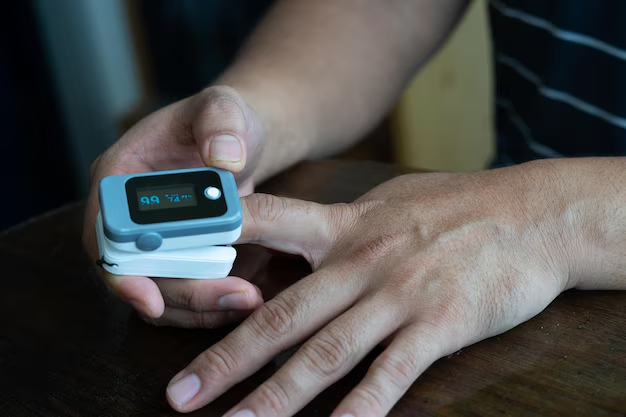Can Diabetes Lead to Elevated Blood Pressure Levels?
Living with diabetes requires constant awareness of how interconnected health factors can impact your overall well-being. One question that often arises is whether diabetes can actually cause high blood pressure. While the relationship between these two health conditions is complex, understanding the link can guide better management of both for a healthier life.
The Connection Between Diabetes and High Blood Pressure
Diabetes and high blood pressure (also known as hypertension) frequently occur together, but it's not just a coincidence. People with diabetes are often at a higher risk of developing high blood pressure, and here's why:
Blood Vessel Damage: High blood sugar levels can damage the blood vessels over time. This damage makes it easier for atherosclerosis—a buildup of fats, cholesterol, and other substances in and on the artery walls—to occur, leading to increased blood pressure.
Insulin Resistance: This condition, a hallmark of Type 2 diabetes, is also associated with increased sodium levels in the bloodstream, leading to higher blood pressure.
Kidney Functions: Diabetes can impair kidney function, which plays a crucial role in regulating blood pressure through fluid balance and toxin filtration.
By maintaining controlled blood sugar levels, individuals with diabetes can significantly reduce their risk of hypertension and its complications, such as heart disease or stroke.
Managing Diabetes and High Blood Pressure
To effectively manage both diabetes and high blood pressure, consider these practical tips:
Healthy Diet: Focus on a balanced diet rich in fruits, vegetables, and whole grains. Limit intake of salt and saturated fats to prevent further complications.
Regular Exercise: Engage in at least 30 minutes of moderate exercise most days of the week. Activities like walking, swimming, or cycling can help maintain a healthy weight and lower blood pressure.
Medications: Consult healthcare providers about medications that can simultaneously address both conditions, optimizing treatment plans for better outcomes.
Monitoring: Regularly check blood glucose and blood pressure levels to ensure they are within the target range.
Financial Assistance and Educational Opportunities
Living with chronic conditions can be financially burdensome, and many people are unaware of available assistance programs that can alleviate some stress:
- 💊 Government Aid Programs: Explore programs like Medicaid or Medicare that offer coverage for diabetes and hypertension medications.
- 🏥 Nonprofit Organizations: Many organizations provide support and educational resources tailored to managing diabetes and related conditions.
- 💸 Financial Assistance: Look into Supplemental Security Income (SSI) or Social Security Disability Insurance (SSDI) if diabetes-related complications hinder your ability to work.
- 🎓 Educational Grants: Seek educational grants or scholarships aimed at those managing chronic health conditions to pursue further education or job training.
By understanding and managing the correlation between diabetes and high blood pressure, individuals can better navigate the challenges these conditions present. Leveraging financial and educational resources is equally important to ensure a balanced and healthy lifestyle. With the right tools and support, it's possible to live well with diabetes and high blood pressure.
